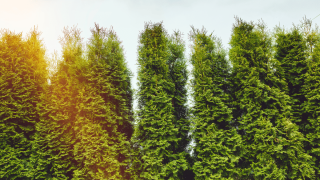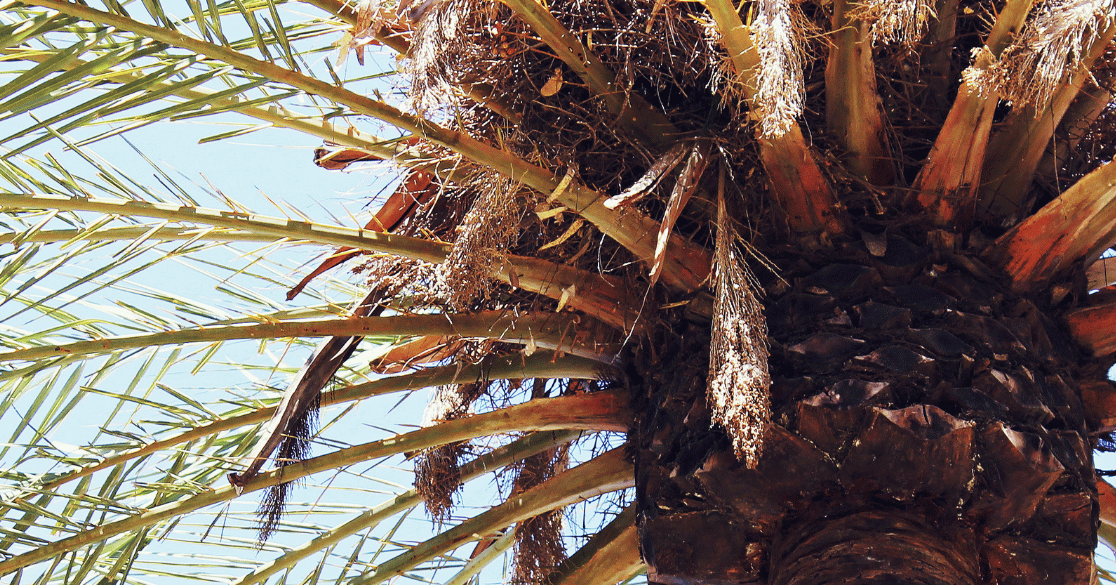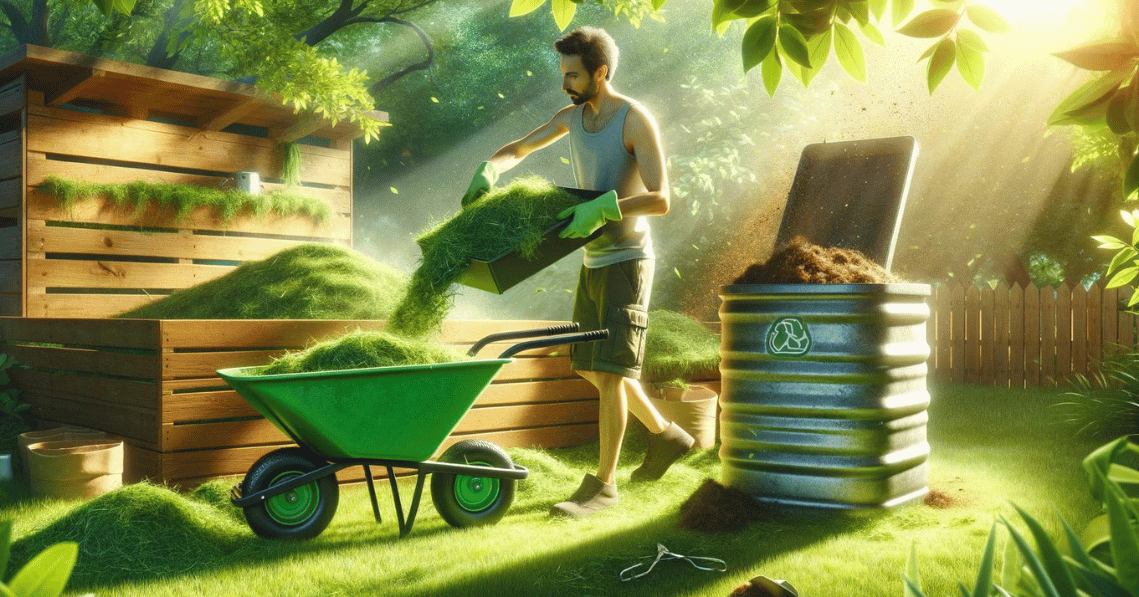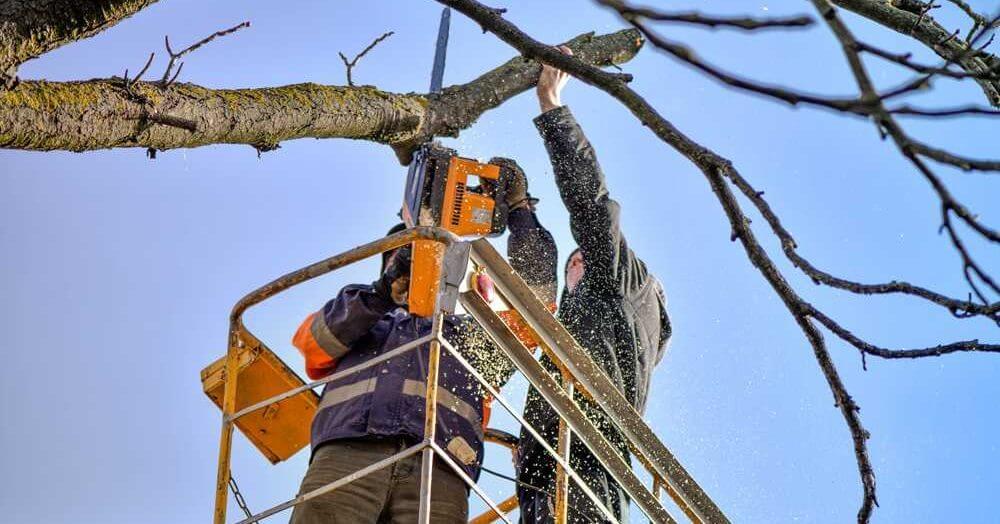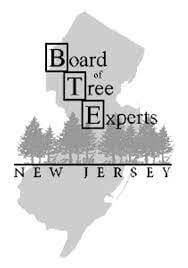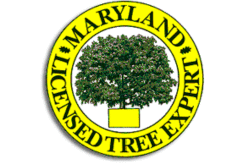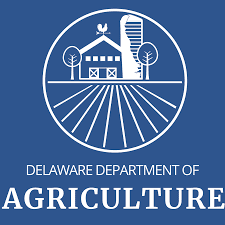Arborvitae trees are a popular choice for hedges and privacy screens. They are evergreen, low-maintenance, and grow well in many climates. But like all trees, they are not immune to disease.
If you notice browning, thinning, or strange spots on your arborvitae, it may be time to take a closer look. In this article, we’ll explain the most common arborvitae diseases. You’ll learn how to identify them, prevent future problems, and treat existing damage.
At Strobert Tree Services, we help homeowners keep their trees healthy year-round. If your arborvitae needs care, contact us for expert pruning, removal, or healthcare by certified arborists.
Common Arborvitae Diseases
Common arborvitae diseases can show up in many ways, but most start with yellowing needles, wilted leaves, or browning tips. These signs are easy to miss at first but often point to larger problems like root rot, tip blight, or needle cast disease.
Root rot is especially common when the soil stays too wet. An overwatered arborvitae may develop decay-producing fungi around the roots or even mushroom growth near the base.
Tip blight and needle cast, often caused by fungi like Pestalotiopsis funerea, begin at the ends of branches and slowly move inward, turning green growth brown and brittle. You may see black fungal growth or dark streaks along diseased branches.
These trees are also sensitive to sun scorch, which can look like fungal damage but is caused by too much direct sun or heat. Whether it’s a fungus or poor growing conditions, early signs like yellowing needles or black patches should be taken seriously. If caught early, most issues can be managed with pruning, better drainage, and proper care.
| Disease / Issue | Main Symptoms | Likely Cause |
| Root Rot | Yellowing needles, wilted leaves, mushroom growth | Overwatered soil, decay-producing fungi |
| Tip Blight | Browning at branch tips, black fungal growth | Fungal infection, often after wet weather |
| Needle Cast Disease | Inner needle browning, premature needle drop | Fungi like Pestalotiopsis funerea |
| Sun Scorch | Dry, brown patches on sun-exposed areas | Too much direct sunlight or heat |
| Fungal Infection | Black spots on branches, brittle or dead foliage | Poor airflow, wet conditions |
| General Decline | Wilted leaves, stunted growth, discolored needles | Stress from environment or soil conditions |
What Causes Arborvitae Diseases?
Many diseases are caused by too much moisture. Poor drainage, crowded planting, or overwatering can weaken your arborvitae and invite disease.
Other causes include:
- Compacted soil that holds water
- Insect infestations
- Mechanical damage from lawn tools
- Harsh weather
- Lack of sunlight or air circulation
Once a tree is stressed, it becomes more vulnerable to infection.
How to Prevent Arborvitae Diseases
Preventing arborvitae problems starts with good cultural habits like proper watering, mulching, and regular pruning. Avoid overwatering, which can lead to blight and other fungal issues. Use mulch to retain moisture but keep it away from the base of the tree to prevent rot.
Tree pruning by a certified arborist helps maintain healthy tree structure and allows sunlight and airflow to reach inner branches. A selective program that includes monitoring for pests and using beneficial mites when needed can reduce harmful outbreaks without chemicals. Today’s certified arborists use state-of-the-art equipment and the latest techniques to manage both disease and pests. With routine care and attention, most arborvitae issues can be avoided or quickly controlled.
Pest Problems Affecting Arborvitae
Pests can cause serious damage to arborvitae if not caught early. Bagworms are one of the most common threats. They form small brown bags that hang from branches and feed on the foliage, leading to defoliation and weakened growth. These can often be removed by hand if caught early.
Spider mites are another common pest. They are tiny but suck sap from the needles using piercing-sucking mouthparts.
Scale insects also attach themselves to stems and branches, feeding in large numbers and leaving behind sticky honeydew. This attracts secondary pests and can lead to mold or further stress for the tree.
Aphids are less common but still a concern. They feed on new growth and also produce honeydew, which makes the plant more vulnerable to disease. Infested plants often show signs of discoloration, stunted growth, or overall decline.
Other Arborvitae Health Issues
Arborvitae trees can suffer even when there’s no disease or pest in sight. Environmental stress and improper care often lead to problems that look like illness but are really caused by how the tree is planted or maintained. Improper planting can lead to poor root development and make the tree unstable.
A lack of macro and micronutrients can cause malnutrition or nutrient deficiency, leading to pale or yellow foliage. Using the wrong arborvitae tree fertilizer or applying it at the wrong time can do more harm than good.
Poor pruning techniques or over-pruning can leave the tree vulnerable to damage and stress. Winter burn and sun scorch are also common, especially when the tree is exposed to intense weather without enough water. In some cases, a soil contaminant may be to blame, or structural tree problems may develop over time.
How to Treat Arborvitae Diseases
The first step in treating arborvitae diseases is knowing what you’re dealing with. Once you’ve identified the issue, you can take the right steps to bring the tree back to health.
Start with pruning. This is often the most effective way to stop a disease from spreading. Cut off the affected branches and get rid of them. Do not compost the clippings. Bag them and throw them in the trash to avoid spreading the problem.
For fungal issues like needle blight or tip blight, fungicide can help. It works best when applied early in the season, before the disease has taken hold. Timing is everything. Don’t wait until the whole tree is brown. A certified arborist can help choose the right product and apply it safely.
If the issue is root rot, you need to improve drainage right away. Arborvitae roots don’t like standing water. Loosen the soil, ease up on watering, and add compost to help it dry out faster. If the damage is too far along, you may need to remove the tree.
For insect problems, use insecticidal soap or horticultural oil to control pests like leaf miners. These treatments are gentle on the tree but tough on bugs. If the infestation is bad, stronger treatments may be needed.
Finally, don’t overlook the soil. Bad soil can cause good trees to fail. A simple soil test can tell you if your tree is getting the nutrients it needs. If the pH is off or minerals are missing, the right fertilizer can make a big difference.
When to Call a Certified Arborist
If you’re unsure what’s wrong, don’t guess. Tree diseases can look similar, and wrong treatment can make things worse.
Call Strobert Tree Services for a professional diagnosis. Our certified arborists will:
- Inspect your arborvitae
- Identify the disease or stressor
- Recommend a treatment plan
- Handle pruning, removal, or spraying safely and effectively
We work across Pennsylvania, Delaware, and New Jersey, and we know what local trees need.
Final Thoughts
Arborvitae trees often show early signs of stress like browning foliage, yellowing needles, or wilted leaves. These symptoms can point to serious problems such as root rot, tip blight, or needle cast disease. In some cases, black fungal growth or \ near the base may be present, which indicates decay-producing fungi.
Diseased branches should be removed quickly to prevent the spread of pests and infections. Sun scorch can also mimic disease symptoms, especially during extreme heat. If your arborvitae is overwatered or planted in poorly draining soil, root rot may already be setting in.
The sooner these issues are addressed, the better chance your tree has at recovery. Regular pruning and proper soil care can go a long way in preventing future problems. If you're not sure what's causing the damage, it's best to get a certified arborist involved.
Contact Strobert Tree Services.
We offer expert pruning, tree removal, and health assessments by certified arborists. Let us help you keep your landscape green, strong, and beautiful.
Call 1800 TREE SERVICE today or schedule online a free estimate.


